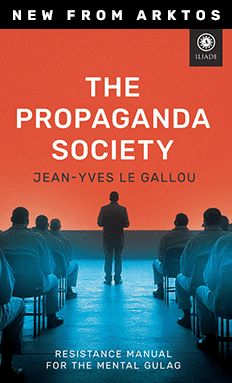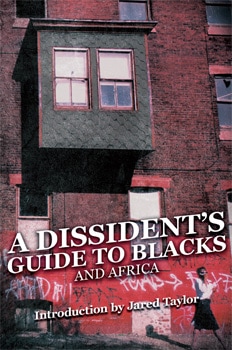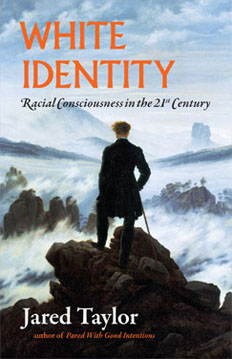More Diversity, Fewer Kids? A New Study on Diversity and Fertility in America
Robert VerBruggen, Institute for Family Studies, July 15, 2024
America has seen increasing diversity and declining birth rates for a long time. Racial minorities made up about 10% of the population in 1950 but account for more than 40% today; the total fertility rate was 3.7 kids per woman in 1960, around 2.1 in 2007, and is about 1.7 today.
A viral new academic working paper by Umit G. Gurun and David H. Solomon argues the two trends may be linked: Perhaps rising diversity is a reason that birth rates are declining. This could be the case, for example, if people tend to marry others of the same race and have more trouble finding partners in diverse places, or if places with higher diversity tend to have lower levels of trust and more social isolation.
{snip}
If I told you that people in more diverse places tend to have fewer kids, you probably wouldn’t be too surprised. After all, dense, urban places with higher-educated and liberal occupants tend to have more diversity and fewer kids. And if we’re looking over a longer time period, women surveyed 100 years ago no doubt experienced less diversity and had more kids than women today. None of this remotely suggests that living in a diverse place causes lower fertility.
The purpose of this new study is to show that the connection runs deeper than that, through the use of statistical models that account for the obvious explanations. Even with a great many other factors accounted for, it turns out that 18 to 40-year-old women tend to have more children living with them if they live in a local area1 that’s less diverse,2 and also if the place has more people of their own specific race around.
As I said at the outset, the models the authors used are extremely complicated, and readers can look at the full paper for the truly gory details. But to give a sense of the lengths the authors go, they “control explicitly for demographics (education, income, citizenship, employment, marital status)” and for “local area attributes (population, college fraction, income, fraction recently moved to the area, employment, age),” and they allow these effects to be different in unique situations. (For example, if the link between education and fertility is stronger in some years or states than others, the model will pick up on that.) They also account for the fact that different racial groups tend to have different fertility rates—i.e., they’re not asking whether minorities have higher or lower fertility than whites, but whether a person of a given race will have more or fewer kids if they live in a diverse place—and allow these gaps to vary across place and time. The models isolate the connection between fertility and local diversity that still exists after all these other patterns are taken into account.
When looking at the effect of “race share” instead of diversity per se—meaning the share of the local area made up of people of the same race as the woman who was surveyed—they are able to focus even more precisely on the dynamics within places. If a place goes from 90% white to 60% white, for example, whites in that place saw a decreasing race share while another group (or groups) saw an increasing race share. If race share influences fertility, people of different races should thus have opposite fertility trends in the very same place. {snip} Yet the effect persists even in models designed to isolate this type of variation.
Indeed, the effect persists across an incredible array of models that include or exclude all sorts of control variables or change the analysis in other ways. It persists when the authors look at all the data since 1850, since 1980, or at various periods since the 1950s, though the earlier periods are more sensitive to the type of model used. Sometimes but not always, it persists within different racial groups and for attributes besides race (such as income). It shows up when looking at whether women are married, or how young they marry, instead of fertility. It even persists in many of the foreign countries for which the authors were able to find suitable data.
{snip}
The authors also run a much simpler “time series” analysis that compares the national fertility rate with the average amount of diversity in American places, while controlling for some obvious confounders like unemployment rates. {snip} Incredibly, they suggest that changes in diversity could explain the vast majority of fertility decline since 2006—after which the birth rate dropped with the Great Recession and, unlike the periods following other economic downturns, just kept falling.
{snip}















